Search Thermo Fisher Scientific
Invitrogen
CD338 (ABCG2) Monoclonal Antibody (5D3), Biotin, eBioscience™
FIGURE: 1 / 15
CD338 (ABCG2) Antibody (13-8888-82) in Flow
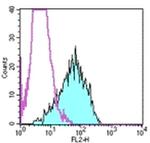
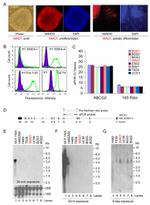
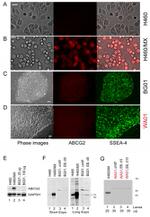
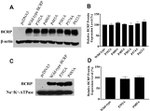
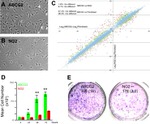
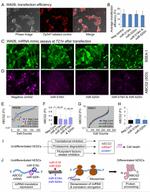
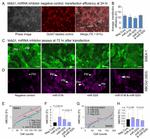
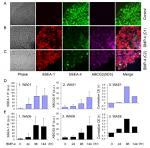
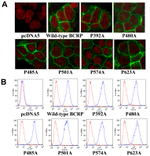

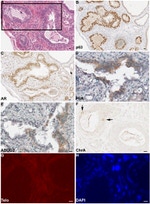
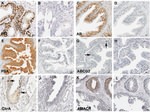


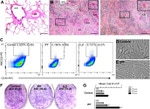
Product Details
13-8888-82
Species Reactivity
Published species
Host/Isotype
Recommended Isotype Control
Class
Type
Clone
Conjugate
Form
Concentration
Purification
Storage buffer
Contains
Storage conditions
Shipping conditions
RRID
Product Specific Information
Description: The 5D3 monoclonal antibody reacts with the extracellular portion of the human ABCG2 protein, also known as Bcrp1 and MXR. The ABCG2 gene, a member of the multi-drug resistance (MDR) family, is highly expressed on primitive 'side-population' (SP) stem cells, which are defined by the efflux of fluorescent dyes such as Rhodamine 123 and Hoechest 33342. In the bone marrow, about 0.05% of cells display the low fluorescence and are highly enriched for repopulating cells. The SP cells, which express low or undetectable levels of CD34, have been identified in multiple species. In addition, expression of ABCG2 appears to be highly conserved.
Applications Reported: The 5D3 antibody has been reported for use in flow cytometric analysis.
Applications Tested: The 5D3 antibody has been tested by flow cytometric analysis of human ABCG2 transfected cells and normal human peripheral blood cells. This can be used at less than or equal to 1 µg per test. A test is defined as the amount (µg) of antibody that will stain a cell sample in a final volume of 100 µL. Cell number should be determined empirically but can range from 10^5 to 10^8 cells/test. It is recommended that the antibody be carefully titrated for optimal performance in the assay of interest.
Filtration: 0.2 µm post-manufacturing filtered.
Target Information
ABCG2, is also known as placenta-specific ABC transporter and breast cancer resistance protein (BCRP1). ABCG2 confers resistance for a variety of chemotherapeutic agents, including anthracyclines, mitoxantrone, bisantrene and topotecan. Under normal conditions, ABCG2 may serve a protective function by removing toxins from the cell, and plays an important role in regulating stem cell differentiation. ABCG2 is responsible for the side population (SP) phenotype and is widely expressed in a large variety of stem cells, making it an important stem cell marker. ABCG2 may have N-linked glycosylation and may dimerize in vivo. ABCG2 is abundantly expressed in placenta, liver, intestine and stem cells.
For Research Use Only. Not for use in diagnostic procedures. Not for resale without express authorization.
Bioinformatics
Protein Aliases: ABC transporter; ATP-binding cassette sub-family G member 2; ATP-binding cassette transporter G2; ATP-binding cassette, sub-family G (WHITE), member 2 (Junior blood group); Breast cancer resistance protein; Broad substrate specificity ATP-binding cassette transporter ABCG2; CD338; CDw338; Mitoxantrone resistance-associated protein; multi drug resistance efflux transport ATP-binding cassette sub-family G (WHITE) member 2; placenta specific MDR protein; Placenta-specific ATP-binding cassette transporter; Urate exporter
Gene Aliases: ABC15; ABCG2; ABCP; BCRP; BCRP1; BMDP; CD338; CDw338; EST157481; GOUT1; MRX; MXR; MXR-1; MXR1; UAQTL1
UniProt ID: (Human) Q9UNQ0
Entrez Gene ID: (Human) 9429

Performance Guarantee
If an Invitrogen™ antibody doesn't perform as described on our website or datasheet,we'll replace the product at no cost to you, or provide you with a credit for a future purchase.*
Learn more
We're here to help
Get expert recommendations for common problems or connect directly with an on staff expert for technical assistance related to applications, equipment and general product use.
Contact tech support
